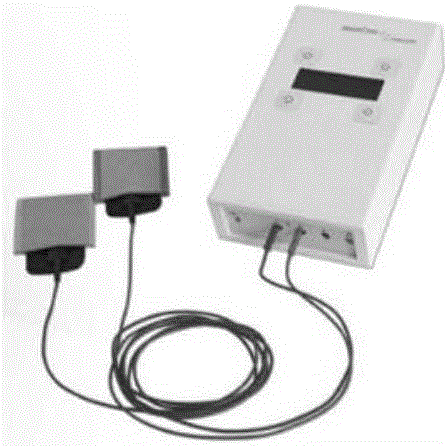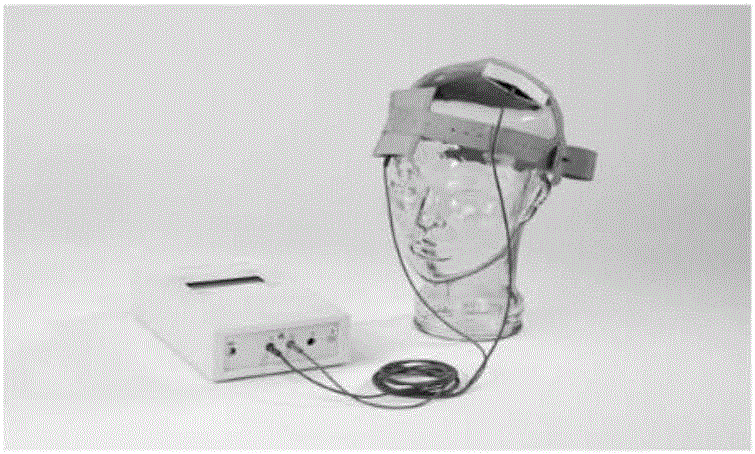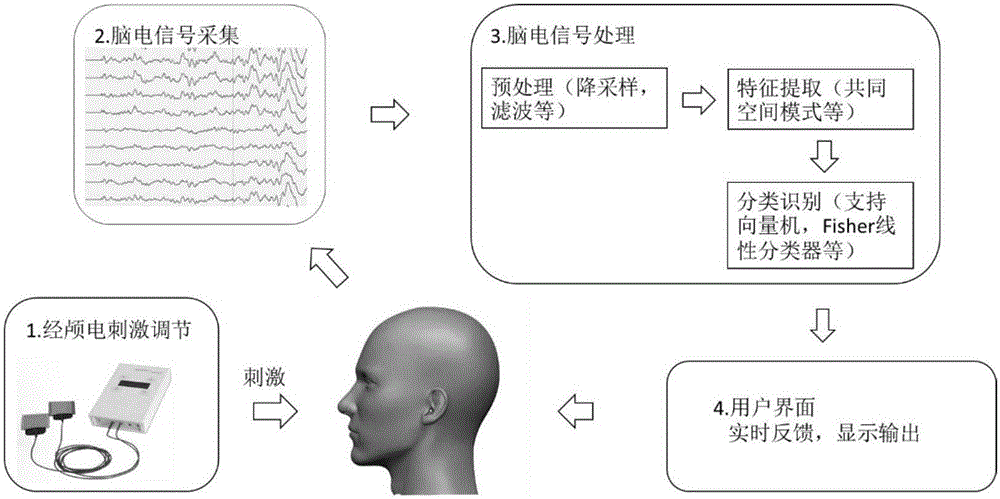Transcranial electric stimulation device and method for improving motor imagery ability in brain-computer interface
A technology of motor imagery and electrical stimulation, applied in the input/output of user/computer interaction, computer components, mechanical mode conversion, etc. Advanced problems, to achieve the effect of large amplitude, improve classification accuracy, and improve execution efficiency
- Summary
- Abstract
- Description
- Claims
- Application Information
AI Technical Summary
Problems solved by technology
Method used
Image
Examples
Embodiment Construction
[0041]A method of transcranial electrical stimulation capable of improving motor imagery in brain-computer interfaces is proposed. Motor imagery refers to the cognitive behavior that the subject only imagines the movement of the limb without actually moving it. Motor imagery brain-computer interface (MI-BCI) is a brain-computer interface device based on the detection of motor imagery neural activity in the brain. Time-frequency analysis of the EEG signals during motor imagery shows that in the 8-12 Hz frequency band, the energy of the contralateral brain area of motor imagery decreases, and the energy of the ipsilateral brain area increases, which are called event-related desynchronization ( ERD, Event-Relevant Desynchronization) and event-related synchronization (ERS, Event-Relevant Synchronization). Transcranial Electrical Stimulation (tES, Transcranial Electric Stimulation) is a non-invasive extracranial brain stimulation technology, which acts on the human brain through...
PUM
 Login to View More
Login to View More Abstract
Description
Claims
Application Information
 Login to View More
Login to View More - R&D
- Intellectual Property
- Life Sciences
- Materials
- Tech Scout
- Unparalleled Data Quality
- Higher Quality Content
- 60% Fewer Hallucinations
Browse by: Latest US Patents, China's latest patents, Technical Efficacy Thesaurus, Application Domain, Technology Topic, Popular Technical Reports.
© 2025 PatSnap. All rights reserved.Legal|Privacy policy|Modern Slavery Act Transparency Statement|Sitemap|About US| Contact US: help@patsnap.com



